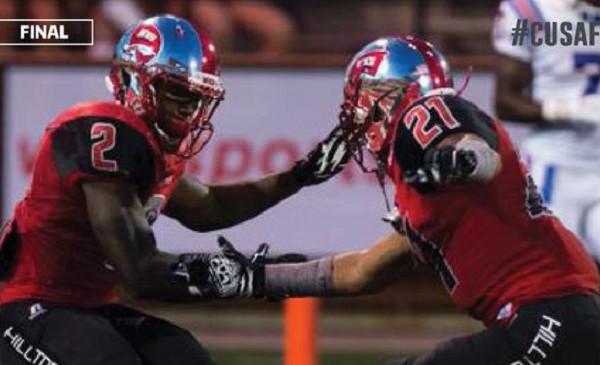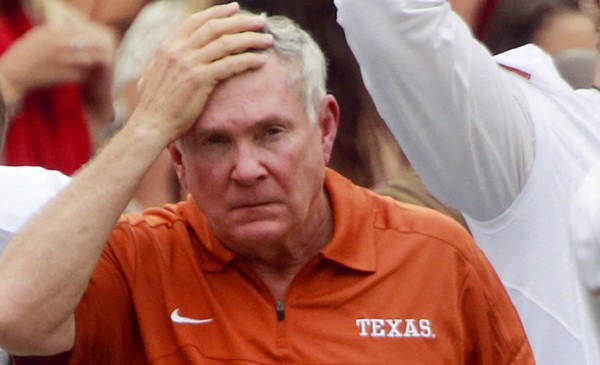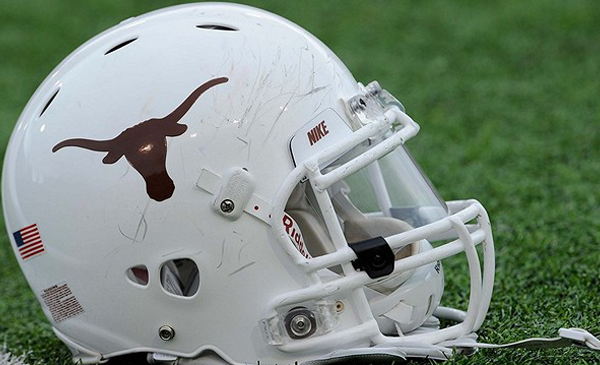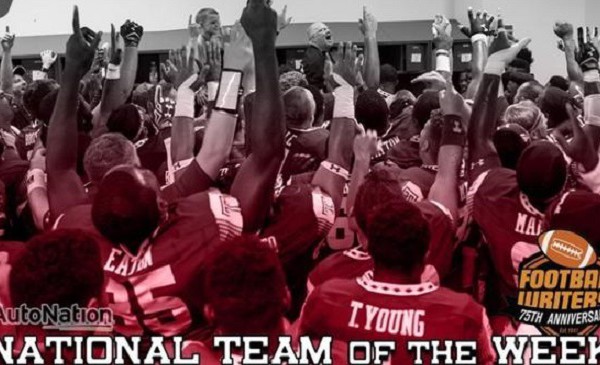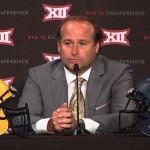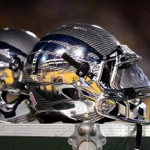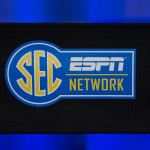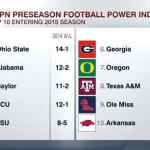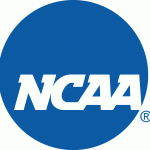The heavy, four-fingered-white-gloved hand of Disney Corp. is coming down hard on ESPN, to the tune of a quarter-billion dollars. Just this week, we’ve seen the Worldwide Leader’s cost-cutting measures result in separations with Keith Olbermann and Colin Cowherd, but focus turns to where the real bulk of ESPN’s budget lies: live-game broadcast rights.
ESPN bid $470 million — nearly twice what Disney is demanding ESPN cuts by 2017 — for the College Football Playoff. That’s three times as much as what the network paid for the Sugar, Orange and Fiesta Bowls.
The College Football Playoff deal is the centerpiece of a $7.3 billion investment in the sport, which is paying dividends: the Playoff set numerous viewership records. Disney won’t force ESPN to cut any ties to the Playoff, because Fox — which, with its mere presence, drove up the market price exponentially on CFP bidding — looms like a vulture.
No, budgetary issues won’t impact the tippy-top of college football. However, for me personally and anyone else who enjoys college football beyond the 15-20 high-visibility teams, there could be cause for concern. Will the accountants who see only ROI and impact on shareholders deem $100 million to the Mid-American Conference, for example, as a boondoggle?
I think back roughly 20 years ago, as my college football fandom was just beginning to grow. I pinpoint the 1993 season as when I truly became a fan: that year, I followed the Arizona Wildcats Desert Swarm closely, either through syndicated Raycom broadcasts or the occasional ABC broadcast with Keith Jackson on the call.
I also fondly remember my Thursday routine: come home from school around 3, shoot hoops for an hour or so, come inside to first watch Batman: The Animated Series, followed by the ESPN Thursday night showcase.
These broadcasts gave me exposure to a whole lot of college football teams I wouldn’t have seen otherwise. Saturday options were limited to NBC’s Notre Dame broadcast (though 1993 season was certainly a great season to see a lot of the Irish), the regional midday Pac-10 ABC game, an early morning Big 10 offering on ESPN and the late, Pac-10 Raycom game.
Occasionally, a local channel would syndicate the WAC. I saw enough Marshall Faulk at San Diego State to truly appreciate how excellent he was for the Aztecs. But I can’t say the same for Randy Moss at Marshall, whose exploits existed only as highlights for me.
I didn’t see Troy Davis running to two 2,000-yard seasons at Iowa State. I missed Daunte Culpepper throwing haymakers for UCF. I watched LaDainian Tomlinson’s 406-yard game against UTEP in 1999 on Fox Sports Arizona tape-delay; I saw Byron Leftwich live for the first time in 2001 during the MAC Championship.
The proliferation of the internet and ESPN’s expanding reach through various channels now make it possible to see virtually any FBS team and player every week.
My tinfoil hat has crackled with activity since the Playoff was first announced. Discount this as paranoia, and I certainly hope I’m wrong, but I see a TV executive-led movement to relegate all but the 60 or so most prominent programs to obscurity. I fear ESPN’s cost-cutting could lead to a return to 20 years, before technology made so much college football readily accessible.
And now, with it’s current emphasis on entertainment, this regression wouldn’t even give us the benefit of seeing the game’s unheralded gems on SportsCenter highlights, as we did Randy Moss in his Marshall days.
There are too many viewing outlets and options to fully ostracize the Group of Five into exposure oblivion. If worse comes to worst, maybe my tinfoil can pick up singles — it couldn’t be any weaker than the antenna atop my parents’ house, which picked up the occasional WAC game.


